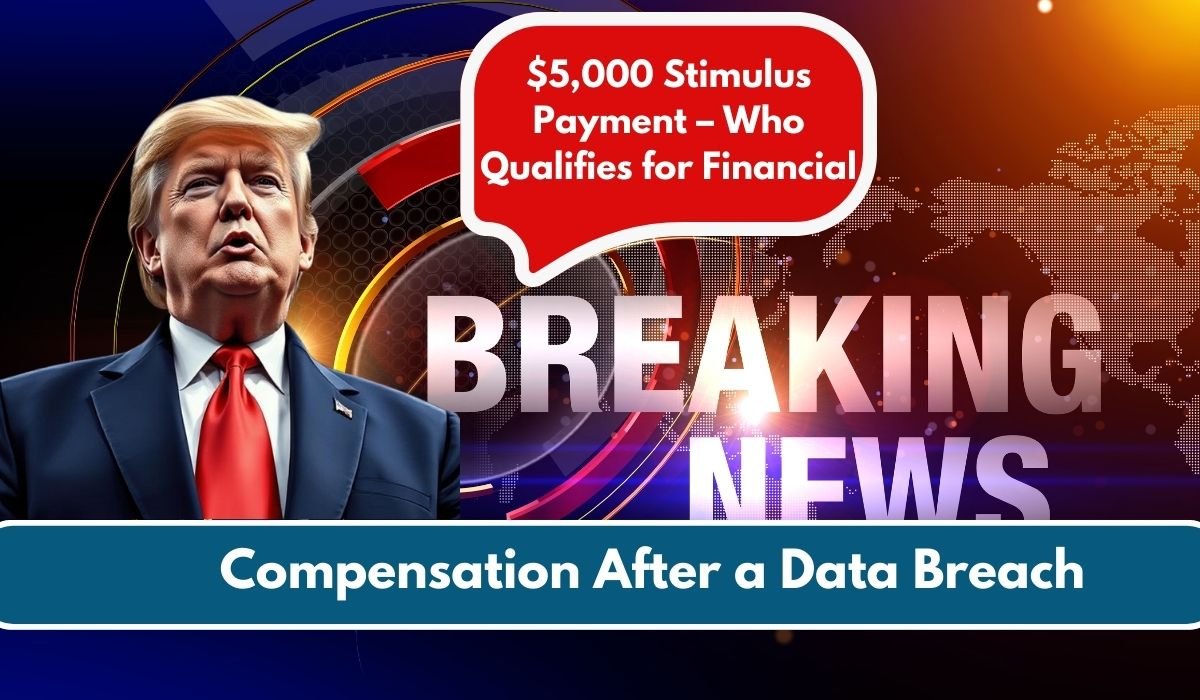In today’s digital age, data breaches have unfortunately become all too common, exposing personal information and leaving many vulnerable to fraud and identity theft. To mitigate these damages, organizations sometimes offer financial compensation to affected individuals. One such instance is the recent $5,000 stimulus payment available to victims of specific data breaches. But who exactly qualifies for this financial relief, and how can one claim it? Let’s dive into the details.
Understanding the $5,000 Stimulus Payment
The term “$5,000 stimulus payment” refers to the maximum compensation that victims of certain data breaches can receive as part of settlement agreements. These settlements arise when organizations, after experiencing a data breach, agree to compensate affected individuals to cover losses related to the breach. The amount is intended to reimburse victims for expenses like fraudulent charges, identity theft costs, and other related out-of-pocket expenses.
Who Qualifies for This Financial Compensation?
Eligibility for the $5,000 compensation largely depends on the specifics of each data breach settlement. However, common criteria include:
- Direct Impact: Individuals whose personal information was compromised during the data breach. For instance, if your Social Security number, bank details, or health records were exposed, you might qualify.
- Incurred Losses: Those who faced financial losses due to the breach, such as unauthorized transactions, costs for credit monitoring services, or expenses related to identity theft recovery.
It’s essential to note that even if you haven’t experienced direct financial loss, some settlements offer a base compensation amount to all affected individuals. For example, certain settlements provide a fixed amount to victims regardless of their losses.
Steps to Claim Your Compensation
If you believe you’re eligible for compensation, follow these steps:
- Identify the Breach: Determine if your data was compromised in a specific breach. Organizations typically notify affected individuals via mail or email.
- Gather Documentation: Collect evidence of any losses or expenses incurred due to the breach. This might include bank statements showing fraudulent charges, receipts for credit monitoring services, or correspondence related to identity theft.
- Submit a Claim: Visit the official settlement website associated with the breach. Fill out the claim form, attach necessary documentation, and ensure you meet the submission deadline.
- Stay Informed: After submitting your claim, monitor any communications regarding the settlement. There might be additional steps or information required to process your compensation.
Notable Data Breach Settlements Offering Compensation
Several recent data breaches have led to settlements offering up to $5,000 in compensation:
- Healthcare Data Breach: In a recent cyberattack, sensitive patient information was exposed. Affected individuals can claim up to $5,000 for documented losses. The claim submission deadline varies, so it’s important to check the official sources.
- Financial Institution Breach: A data breach at a major credit union compromised members’ personal information. Eligible individuals can receive up to $5,000 for documented losses.
- Law Firm Cyberattack: A breach at a well-known law firm led to a settlement offering affected clients up to $5,000 for documented financial damages.
Conclusion
Data breaches can have severe repercussions, but affected individuals have avenues for recourse through financial compensation. If you’ve been impacted by such a breach, it’s crucial to stay informed, gather necessary documentation, and adhere to claim submission deadlines to receive the compensation you’re entitled to.
FAQs
What if I don’t have documented losses? Can I still receive compensation?
Yes, many settlements offer a base compensation amount to all affected individuals, even without documented losses.
How do I know if my data was compromised in a breach?
Organizations typically notify affected individuals via mail or email. Additionally, you can check official settlement websites or news releases related to the breach.
What expenses are typically reimbursable in these settlements?
Reimbursable expenses often include costs related to fraud or identity theft, professional fees (like legal or credit repair services), credit monitoring services, and expenses for freezing or unfreezing credit reports.
Is there a deadline to submit a claim?
Yes, each settlement has a specific deadline. It’s essential to check the specific dates for each case.
Where can I submit my claim?
Claims are typically submitted through official settlement websites. Always refer to the settlement details for the correct submission process.




